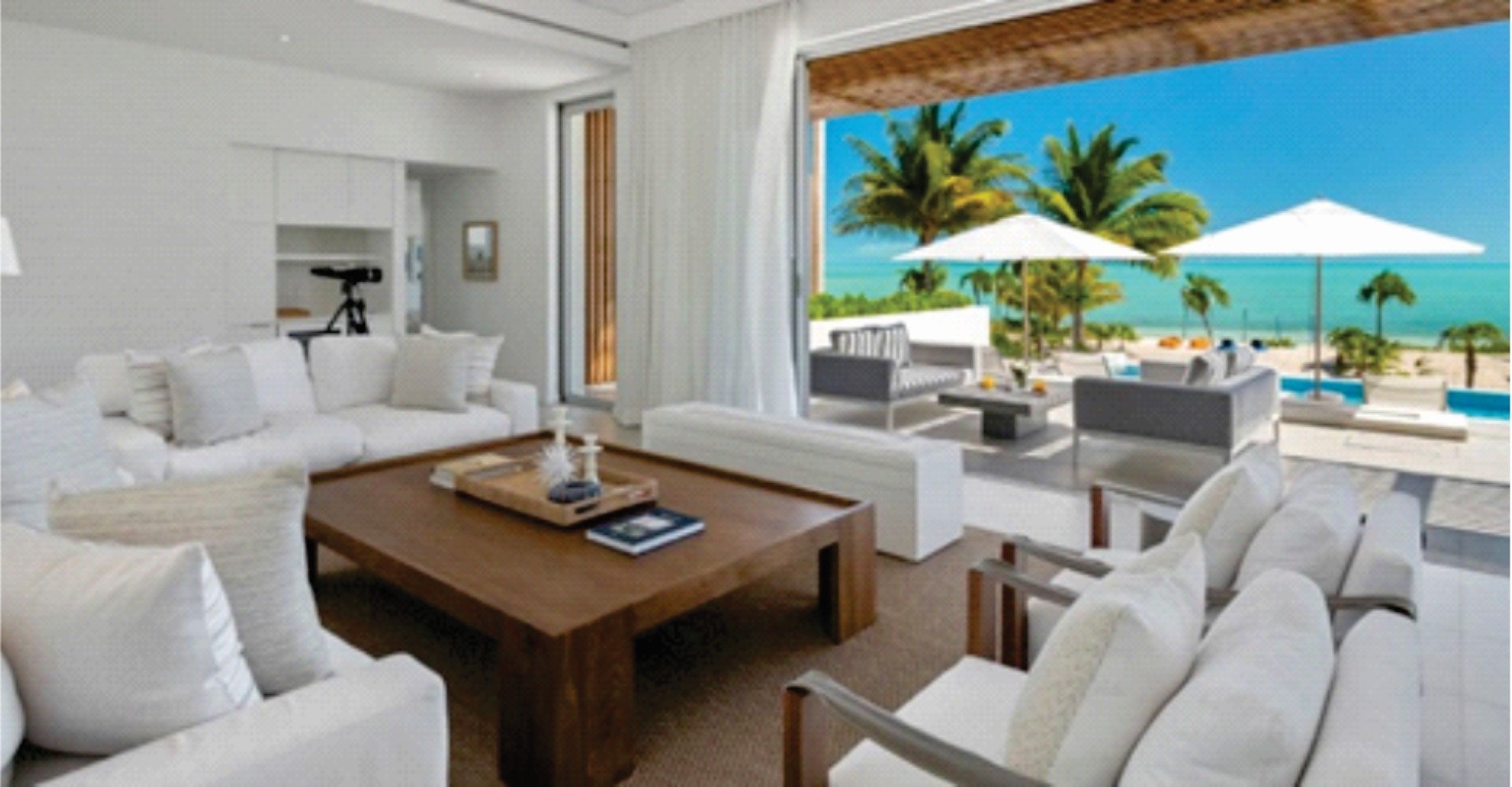Share
Caribbean interior history is a dynamic field that continuously evolves with shifting tastes and preferences. To truly understand and appreciate contemporary regional design trends, it is essential to explore the origins of interior design in the Caribbean, as well as the cultural and historical factors that have affected its evolution over time. Tracing these influences reveals important details about the complex tapestry of Caribbean design traditions and the cross-pollination of ideas across cultures. Let’s dive further into what makes this design style unique.
Design History
Before European colonisation and influence, the Taíno, Arawak, and Carib peoples had their distinct architectural styles, utilising local materials to construct homes perfectly attuned to the tropical climate. Caribbean design is a mosaic of styles, with Spanish Colonial, French Creole, and British Colonial being the most prominent. These design styles exemplify a harmonious fusion of European sophistication with the practicality demanded by the tropical climate.

Radiant Colours
Caribbean colors blend vibrant hues that mirror the region’s lively atmosphere, ranging from soft pastels to vivid, bold tones reminiscent of clear ocean waters, lush tropical foliage, and stunning sunsets. Integrating these colors into your home decor can transform spaces into inviting havens that capture the essence of the Caribbean. Whether aiming to add a splash of vibrancy or foster a serene ambiance, these shades offer versatility in achieving your desired aesthetic.

Tropical Climate Influence
Caribbean architecture is distinctly responsive to the region’s hot and humid climate, prioritising features that enhance natural ventilation and cooling. High ceilings, louvred windows, and open-air verandas are integral components, efficiently managing temperature while reducing reliance on energy-intensive cooling systems. Beyond functionality, these elements seamlessly integrate outdoor spaces with interiors, creating a fluid transition between living areas and nature. Courtyards, patios, and expansive verandas not only promote cross-ventilation but also foster a deep connection with the tropical environment. This holistic approach extends to interior design, where the natural flow and openness of Caribbean architecture enhance the overall aesthetic and livability of spaces.

Natural Tones
Caribbean design embraces the essence of tropical living by incorporating an array of natural materials like bamboo, timber, and coral stone. These elements not only evoke a sense of organic beauty but also blend harmoniously with the lush surroundings. To achieve an authentic island aesthetic, woven accents play a pivotal role, infusing spaces with a tactile allure that speaks of craftsmanship and tradition. Rattan, whether in the form of furniture pieces or wall décor, embodies this ethos effortlessly, inviting relaxation and comfort. Additionally, teak furniture stands out as a timeless choice, offering durability and a rich, warm finish that complements any Caribbean-inspired interior. Enhancing the sensory experience, an eco-friendly braided jute rug laid over a sturdy rug pad not only adds visual depth but also provides a soft, welcoming feel underfoot, completing the inviting ambience of your tropical retreat.

Linen
Linen plays a crucial role in Caribbean interior design, infusing spaces with a breezy elegance that mirrors the laid-back lifestyle of the islands. This versatile fabric, renowned for its lightweight and breathable qualities, captures the essence of tropical comfort and relaxation. In Caribbean homes, linen curtains billow gently in the trade winds, allowing soft, dappled sunlight to filter through and create a tranquil ambience. Linen upholstery on furniture adds a touch of casual sophistication, offering both comfort and style. Its natural texture and earthy tones complement the vibrant hues often found in Caribbean décor, from turquoise waters to lush greenery. Whether used in cushions, bedding, or tablecloths, linen effortlessly bridges the gap between indoor comfort and outdoor serenity, making it a quintessential choice for creating a refreshing retreat in any Caribbean-inspired interior.

Exploring the origins of interior design unveils a melting pot woven from diverse influences and enduring design traditions that shape our modern aesthetic. By immersing ourselves in cultural and historical contexts, we gain a deeper understanding of how design choices impact our living environments. Today’s interior designers draw upon this wealth of knowledge to blend historical inspiration with innovative reinterpretations, creating spaces that reflect the timeless depth of our shared heritage. This fusion of past influences and contemporary creativity ensures that each design resonates with a unique, enduring richness.



